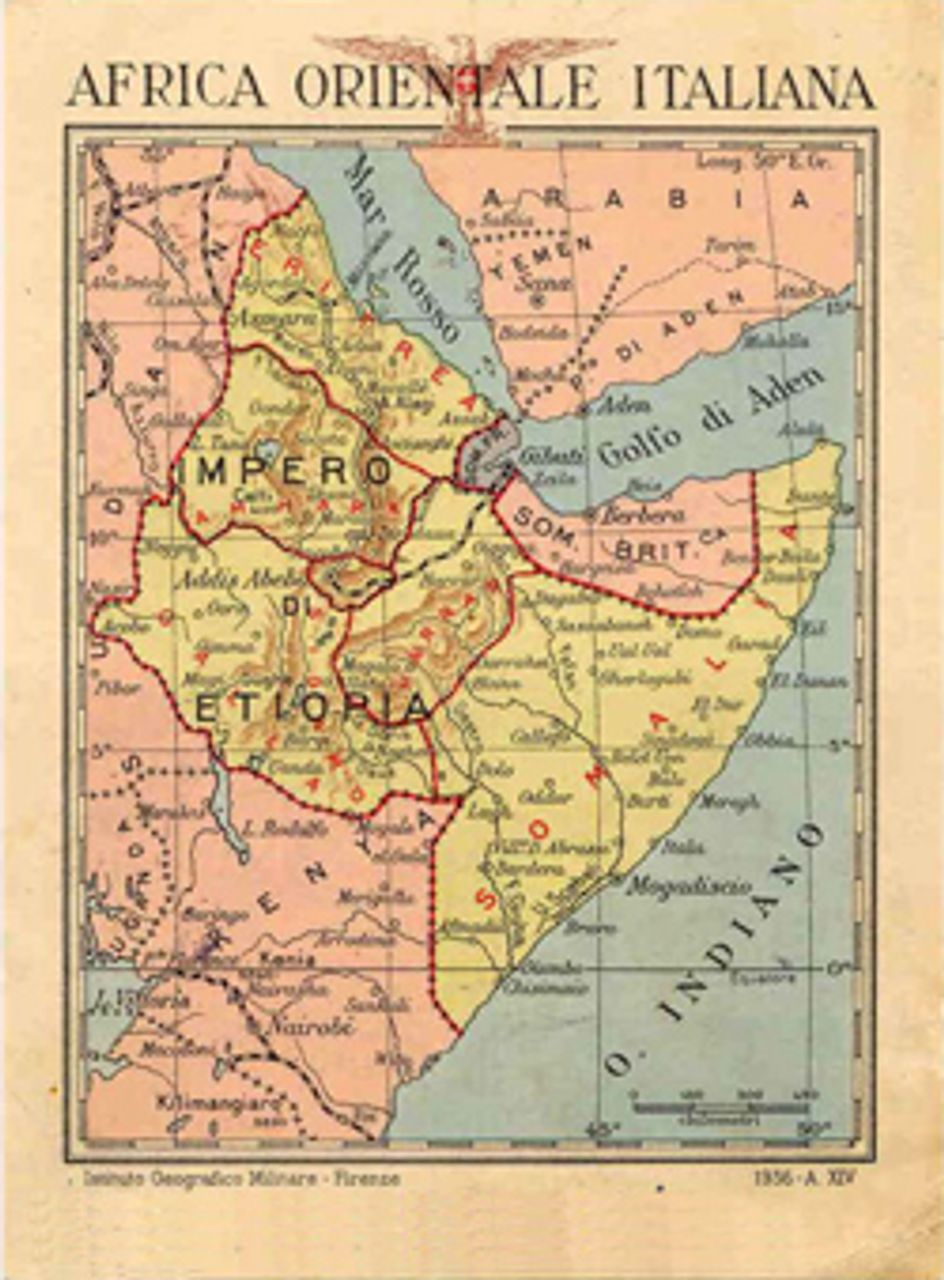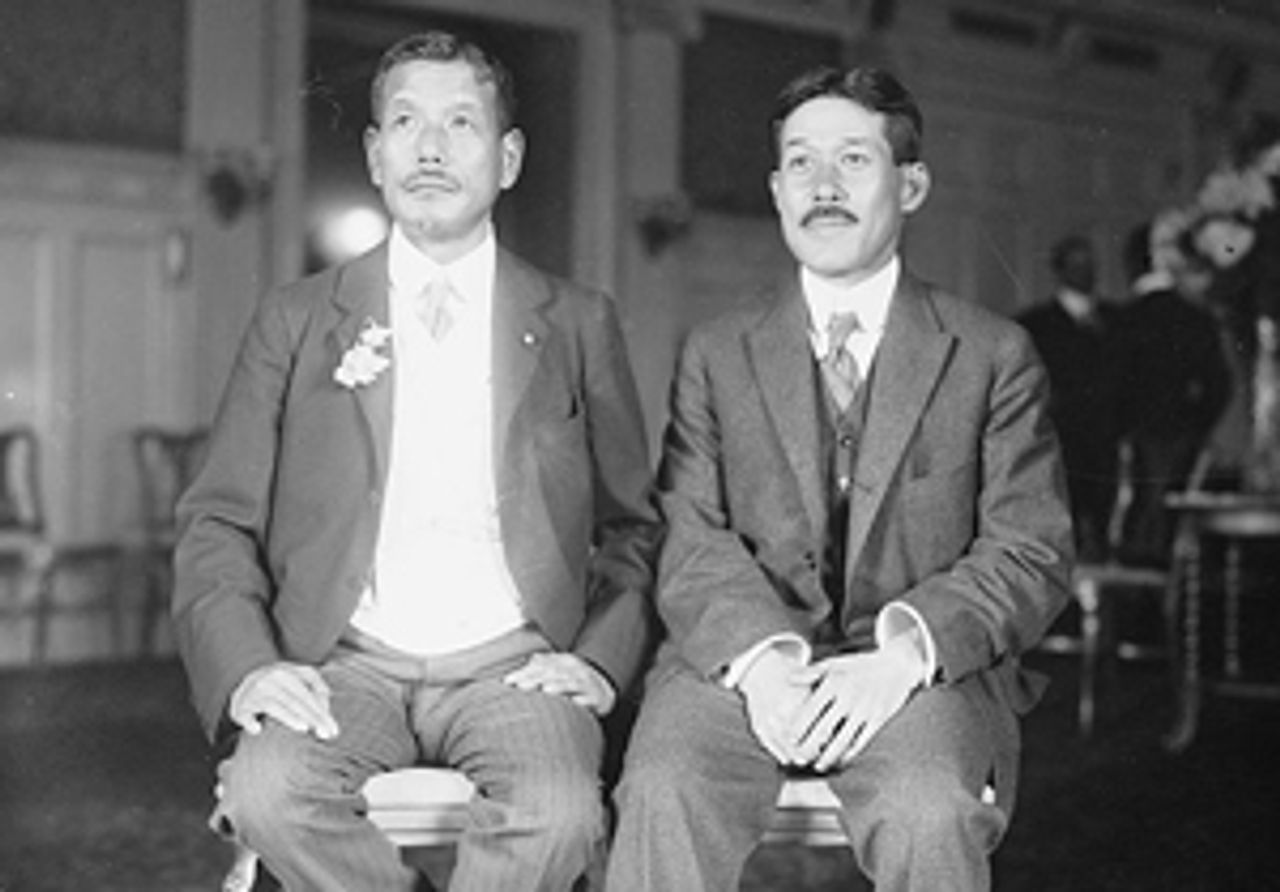This Week in History provides brief synopses of important historical events whose anniversaries fall this week.
25 Years Ago | 50 Years Ago | 75 Years Ago | 100 Years Ago
25 years ago: Israeli death squad murders PLO leader
 Abu Jihad
Abu JihadIn an April 16, 1988 pre-dawn raid on his home in Tunis, Palestinian leader Abu Jihad was shot to death by an Israeli assassination team. Before killing the PLO leader, the Israelis murdered three of his aides and a Tunisian gardener. Hearing the assassins’ shots, Abu Jihad rose to confront them with a revolver, but was cut down by submachine fire from several directions. He was hit by between 70 and 100 bullets as his wife, daughter, and two-year-old son looked on in horror.
The operation was directed centrally by the Israeli government, authorized by a vote of the inner cabinet, according to reports from Israel. The death squad included some 30 members of the Mossad secret police, as well as army and navy commando units. During the killing, an Israeli Boeing 707 flew just outside Tunisian airspace, using sophis ticated electronic devices to jam telephone communications in the area.
Israeli Prime Minister Yitzhak Shamir was reportedly so excited about the success of the operation that he telephoned his congratulations to team leaders even before they arrived back in Israel.
As news of the assassination spread through the occupied territories of Gaza and the West Bank, burning barricades were erected and workers and youth confronted the occupation forces, shouting, “We will take revenge!” The day after Abu Jihad’s murder was the bloodiest since the intifada began the previous December, with 17 Palestinians shot dead. Witnesses said the Israeli troops fired no warning shots, tear gas or rubber bullets, but poured direct fire into the ranks of Palestinians armed only with rocks and bottles.
In November 2012, the Israeli regime publicly acknowledged responsibility for the murder of Abu Jihad.
50 years ago: King issues “Letter from Birmingham Jail”
 King in 1964
King in 1964On April 16, 1963, Dr. Martin Luther King, Jr., the leading black civil rights activist, issued his famous “Letter from Birmingham Jail.” King wrote the document while imprisoned as part of the civil disobedience campaign against segregation then underway in the steel-milling center of Birmingham, Alabama.
The letter came in response to a statement from eight clergy leaders entitled “A Call for Unity,” which accused King of being an outside agitator and called for the civil rights movement to proceed solely through the courts, and not through public demonstrations. New York Times Magazine editor Harvey Shapiro asked King for his response, but the letter, which was written on the margins of newspapers and smuggled out of the prison, was not published by the Times .
King’s letter is revealing of the essentially middle class reformist character of the civil rights movement leadership. While King sharply criticized the sections of the clergy that sought to demobilize the black workers and youth who were rising throughout the South—and increasingly the North as well—against economic oppression, denial of civil rights, and segregation, this criticism came from the standpoint of averting a social explosion.
And while the letter includes memorable lines denouncing oppression—“Injustice anywhere is a threat to justice everywhere,” King wrote—the letter is replete with moral and religious rhetoric aimed not at mobilizing workers, but at appealing to the ruling class. The letter is King’s best-known appeal for nonviolence, or Gandhian passive resistance.
Excerpts of the letter did not appear in print until the May 19, 1963 edition of the New York Post Sunday magazine. It was finally published in three magazines in June 1963.
75 years ago: Britain signs deal with Italian fascism
 Map of Italian East Africa
Map of Italian East AfricaIn the Italian capital on April 16, 1938, the British and Italian governments signed a series of agreements that saw the government in London acknowledge Italy’s imperialist control of Ethiopia in East Africa in exchange for a pledge from Rome that the fascist state would withdraw its troops from Spain once the civil war there concluded.
In vain the British and French governments had been trying for a number of years to drive a wedge between the European fascist states of Germany and Italy. In the event, after negotiations, the British government was prepared to officially acknowledge the Italian subjugation of the east African state of Ethiopia, then known as Abyssinia. In exchange, the workers of Spain would be subjected to fascist butchery for as long as it took the governments of Germany and Italy to help Generalissimo Franco win the Spanish Civil War.
Further Anglo-Italian agreements signed a month later committed the two regimes to make mutual efforts to maintain order and peace in the Mediterranean Sea. This meant that the British would not challenge Italian colonial control over Libyan territory in North Africa. Italian fascist leader Benito Mussolini had already received assurances from Hitler that the German regime considered the Mediterranean an “Italian Sea.”
Another part of the Anglo-Italian agreements pertained to freedom of navigation on the Suez Canal, and a quid pro quo between the two imperialist states over their respective spheres of influence at the other side of Suez, along the Red Sea. The British secured from Rome a pledge of hands off towards Saudi Arabia and Yemen on the Arabian Peninsula, where Britain was the dominant colonial force. The British acknowledged that Somalia in East Africa, a country situated at the southern end of the Red Sea and just across the straits of Aden from Yemen, was within Italy’s sphere of domination, even though the British had long made claims on the Horn of Africa state as their own semi-colonized territory.
100 years ago: Racist Alien Land Act passed in California
 Japanese diplomats lobby against California law
Japanese diplomats lobby against California lawOn April 16, 1913, the Webb-Heney Alien Land Act was passed in California’s House of Representatives. The act sought to prohibit people of Japanese origin from owning or renting land in California except in specific circumstances stipulated in the act. The act’s primary objective was to deter Japanese immigration to California.
When news of the latest anti-Japanese legislation reached Japan two days later, mass protests erupted in Tokyo. So strong was Japanese opposition to the bill that the US prepared for war with Japan. Despite the White House’s opposition and the Japanese ambassador’s formal protest, the bill was passed in the California state senate, applicable to foreign nationals ineligible for citizenship. The bill became law in California in May 1913 and similar laws were enacted in nine other states between 1913 and 1925.
For decades there had been a rising tide of anti-immigrant sentiment spearheaded by reactionary trade union leaders and politicians. Fifty years earlier anti-Oriental prejudice initially targeted large-scale immigration of Chinese workers during and after the gold rush. Labor unions such as the San Francisco Trade and Labor Union promoted economic nationalism and led the attacks on Chinese workers. US President Chester A. Arthur signed the Chinese Exclusion Act into law in 1882, resulting in a sharp decline of the Chinese immigrant population. The American Federation of Labor increasingly campaigned against open immigration, including that from Europe, and in 1904 passed a rule excluding Japanese, Korean, and Chinese workers from its ranks.
In March 1905 a resolution was passed in the Californian legislature limiting Japanese immigration. In May 1905 the Asiatic Exclusion League was formed in San Francisco comprised of 238 affiliated organizations of which 202 were labor unions. The league sought not only to limit or prevent Asian immigration but also to boycott Japanese businessmen and workers and to segregate Japanese children into different schools. In 1907, the Taft administration signed the “Gentleman’s Agreement” with Japan, effectively barring further emigration from Japan to the US.
